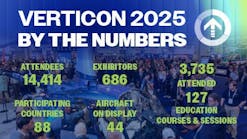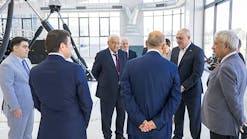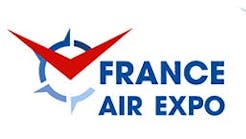Change is Constant. Now more than ever, leaders must be agile and responsive to changes and challenges to avoid misdirection and wasting resources. With the advancements in technology, companies need to be more vigilant than ever. Choosing to remain stagnant is not an option. Change must be embraced. That being said, if an organization's culture does not support "change", no matter how good the strategy, it is likely to fail and fall short of its goals.
This article will touch on the old adage, “culture eats strategy for breakfast,” and why the two must be united in order to drive positive organizational results, hire right and retain good employees. Acknowledging that the two must intertwine, will help minimize resistance and, ultimately, insure employee engagement and retention.
So, What is Organizational Culture?
According to the Society for Human Resource Management (SHRM), “culture consist of shared beliefs and values established by leaders and then communicated and reinforced through various methods, ultimately shaping employee perceptions, behaviors and understanding…There is not a one-size-fits-all culture template that meets the needs of all organizations...”
In short, an organizations culture determines the way employees interact with each other and its customers. Each individual, from every level, plays a part in contributing to the culture of an organization. Their attitude and perception can determine whether the culture is positive or negative and play a part in employee retention and the ability to attract the right candidate(s).
The State of the Workforce
Plain and simple, there is a shortage of qualified pilots, aircraft maintenance technicians and qualified people in general, now. This deficit is growing and, by the year 2022, the aviation industry will not have enough workers to meet the demands. The temptation to hire the “warm body” (due to shifts/positions needing to be filled) can have drastic results, not just on an organization, but on the industry as a whole.
This sense of urgency is so relevant that a bill was introduced by the House of Representatives to establish an aviation maintenance workforce development program. AOPA president and CEO Mark Baker said, “This legislation will help ensure that the future of aviation remains viable and that aircraft owners will have the resources they need to keep our airplanes flying safely for decades to come.” (H.R.5701 – To establish an aviation maintenance workforce development pilot program.)1
Recognizing the challenge to acquire and retain talent is one thing. An organization must ensure they are taking the necessary initiatives to align the talent development process with its culture. The days of hiring people and leaving them alone “to do their job” are gone. Automation and the corresponding speed of change requires organizations to constantly examine their resources and skills challenges to ensure they are hiring right.
How to Find the Perfect Fit
“The most important thing you do as a leader is to hire the right people.” This statement couldn’t ring more true, especially with the shortage of talent being faced in the aviation industry. So, how do you hire right from the beginning?
Start with a clear vision and understanding of your organization’s needs and make sure they tie-in to your company’s mission and values. This will help determine the type of individuals that will fit in with your company’s culture and assist in the hiring process and avoid costly mistakes (unless you are hiring within). And, more importantly, make sure those values are passed on to the candidate from the get-go.
Beyond having a formal hiring process, e.g. up-to-date job descriptions, pre-screening tests and questions, organizations must hire for fit, not just function. This means looking beyond experience in order to identify whether or not the candidate is a good fit for the organization's culture. Are their values aligned with your company’s values?
Once the candidate has passed the initial “values” phase, consider a more creative hiring process, rather than running them through standardized questions, e.g. “day-in-the-life of…” Develop a scenario-based interview process to assess and challenge the candidates knowledge and understanding of their role. If their role requires them to be tech-savvy, a must in today’s environment, access their comfort by putting them through the paces.
In addition, involve your employees in the process, preferably the team they’ll be working with. By doing so, employees see their opinion matters and is valued. Walk the candidate around and test their curiosity and interest. This is especially important when a candidate will be working directly with your customers. Pay attention to how they interact with everyone, their level of eye contact, their ability to converse and their self-awareness.
Lastly, don’t forget to ask the team/potential colleagues their opinion. Their perspective can be invaluable to making the right decision. After all, they have to work with the individual.
Hiring Right and Employee Retention Go Hand-in-Hand
This all starts with the culture. If your organization is retaining employees that are engaged, bravo, you are doing something right. On the other hand, if good employees are falling by the wayside, it’s time to wake up and revisit your organizational strategy as it relates to the hiring process and retention.
We can’t stress this enough, a strong, healthy company culture makes all the difference.
The impact of an unhealthy culture can wreak havoc on an organization, its leadership and its customers. This can lead to poor customer service, employee disengagement, high turnover and inevitably loss of profits.
So, What's the Big Take Away?
Investing in a strong, healthy culture is priceless.
ReferenceFootnote 1 – Article – “Senate Addresses Maintenance Tech Shortage” | March 8, 2018 | By Amelia Walsh
Amanda Graff brings with her a background in marketing communications, graphic design and content writing. In her current role as director of training operations at Service Elements, Amanda manages and oversees all aspects of the creation and development of program material to ensure delivery and success and much more.




